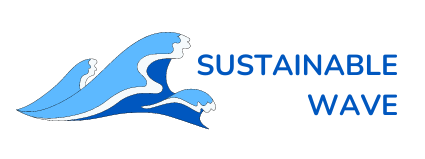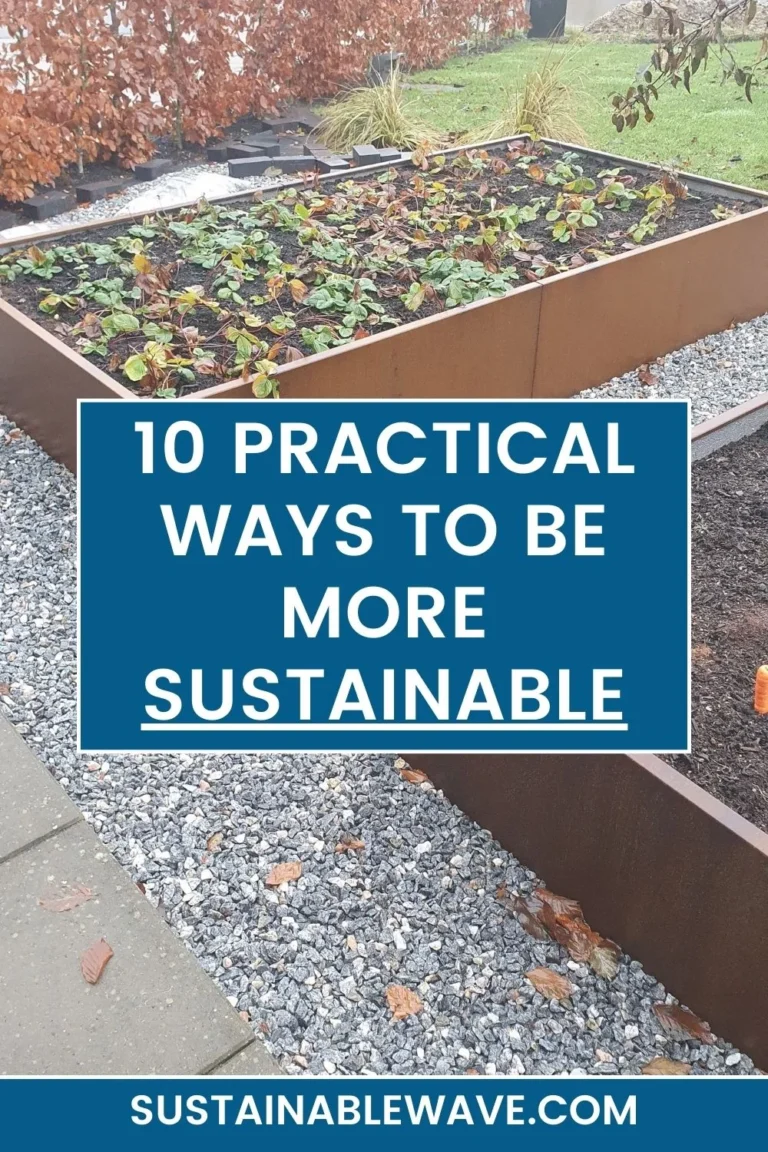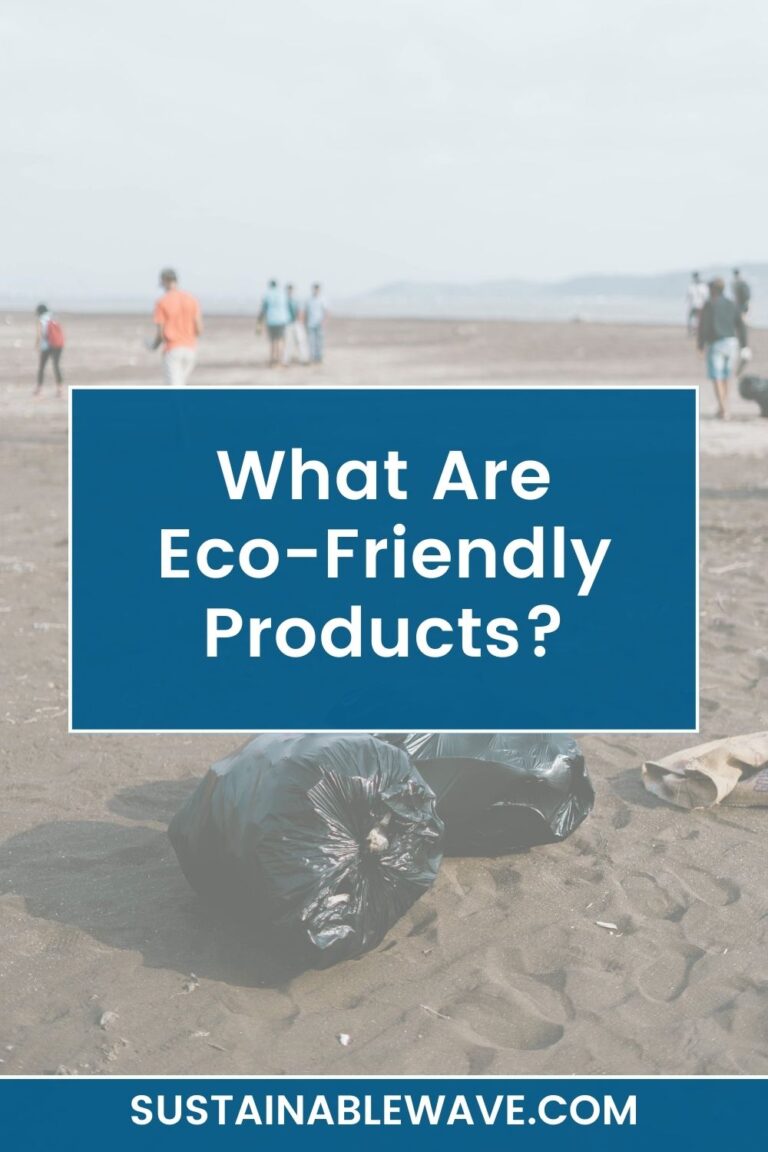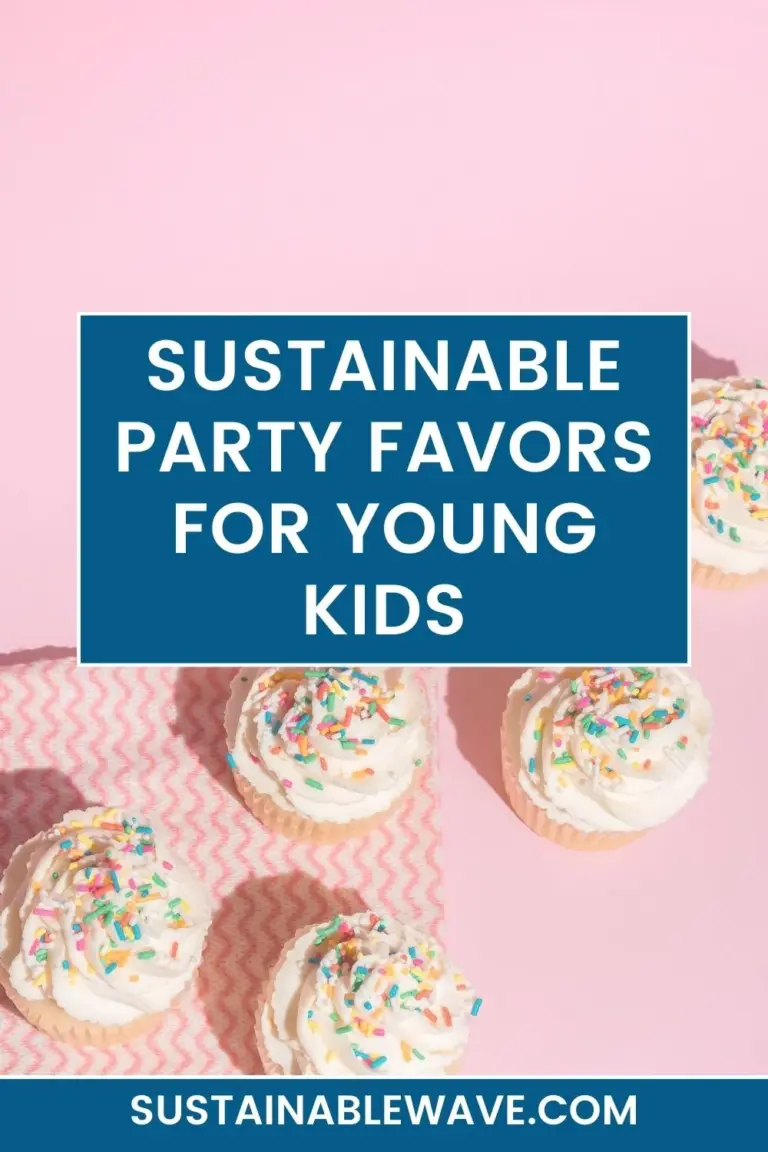I’ve had the wonderful opportunity to gather some tips on zero waste cleaning for disabled people, directly from individuals with disabilities, who have generously shared their experiences and strategies for maintaining a clean, eco-friendly home.
This is a collection of real-life solutions that address the challenges of balancing environmental consciousness with practical, accessible cleaning methods.
Whether you’re looking for eco-friendly alternatives, easy-to-use tools, or simply some inspiration to make your cleaning routine more manageable, this article promises to be an enlightening read.
Tips For Zero Waste Cleaning For Disabled People
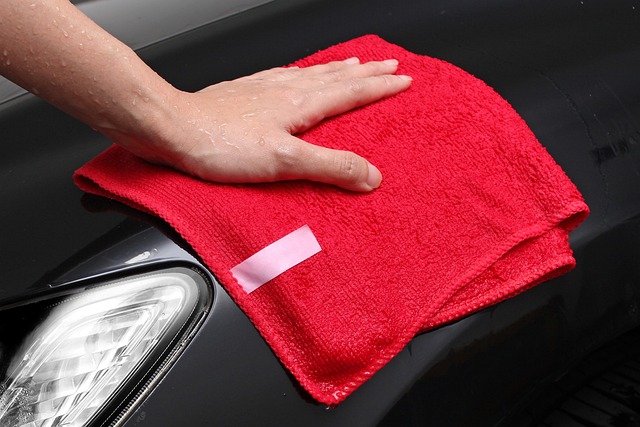
Join me as we further explore some of these useful experiences together.
Borax
Consider the simple yet powerful role of Borax (Amazon link) in the cleaning arsenal.
Especially effective in scrubbing bathtubs and showers, this natural compound offers a balance between eco-friendliness and effectiveness.
It’s a nod to traditional natural aids that can significantly ease tough cleaning tasks, proving particularly beneficial for those who struggle with the physical demands of scrubbing, seeking eco-friendly options that don’t compromise efficiency.
A Personalized Approach to Sustainable Cleaning
A friend of mine named Sarah has a philosophy on sustainable cleaning that it’s all about personalization and doing what’s manageable.
She advocates for a journey tailored to individual capacities, from using convenient single-use wipes to slowly incorporating refillable sprays and reusable cloths.
Her advice underscores the importance of balancing environmental consciousness with personal well-being, reminding us that sustainability is a path marked by small, significant steps tailored to one’s abilities.
The Convenience of Microfiber Cloths
The discovery of microfiber cloths as a cleaning tool marks a significant shift in making cleaning less laborious.
Superior to paper towels, these cloths offer an easier and more effective cleaning experience.
This tip is a boon for those who find extended cleaning sessions daunting, demonstrating that small changes in tools can make a substantial difference in managing and streamlining the cleaning process.
Lemon Juice Microwave Cleaning
An effective, low-effort cleaning method involves using lemon juice and water in a microwave.
This technique, requiring minimal physical effort, results in easy cleanup and is less wasteful than disposable wipes.
Additionally, the use of old terry towels, repurposed from bath or kitchen towels, offers a durable alternative to microfiber cloths.
This tip is particularly useful for those sensitive to certain textures or looking for robust, reusable cleaning materials.
Exploring Bionenzyme Liquid for Cleaning
The suggestion of bionenzyme liquid as a cleaning agent introduces a potentially new and effective eco-friendly option.
This product, which may be lesser-known, represents the continuous search for sustainable cleaning solutions that are also disability-friendly.
It exemplifies the importance of staying open to new products that might offer a balance between environmental responsibility and ease of use.
Norwex Cloths
Norwex cleaning cloths (Amazon link) are recommended for their effectiveness in cleaning windows, mirrors, and shiny surfaces with minimal effort.
Especially helpful for individuals with physical limitations, these cloths can reduce the need for scrubbing, thereby minimizing pain and strain.
This tip highlights the significance of finding specific products that not only promote sustainability but also cater to individual physical needs, making the cleaning process more manageable and less painful.
Making Sustainable Choices with Limited Energy
For those with limited energy or chronic pain, sustainable cleaning involves strategic trade-offs.
One approach includes using cotton cloth napkins and rags, alongside a simple homemade cleaning solution of vodka or vinegar.
Integrating an electronic vacuum can significantly reduce physical strain. Switching to laundry tablets or powders and using bar soap instead of liquid can also aid in reducing waste.
These adaptations highlight how small changes in cleaning and household habits can contribute to sustainability without overwhelming those with physical limitations.
Some Final Words
As we explore the realm of zero-waste cleaning, especially for those with disabilities, it’s important to remember that inclusivity and accessibility are key.
Zero-waste cleaning is not just an environmental choice, but also a step towards creating a more manageable and comfortable living space. For those with disabilities, it’s about finding and adapting methods that work for you, whether it’s using ergonomic tools that are easier to handle, or choosing natural, non-toxic cleaning products that are better for health and the environment.
Embracing reusable cleaning cloths, making DIY cleaners, or even opting for multipurpose items can significantly reduce waste. It’s also about being kind to yourself and understanding that zero waste is a goal, not a strict rule.
Every small effort towards reducing waste counts and contributes to a cleaner, more sustainable world. Let’s continue to share knowledge, support each other’s efforts, and make zero-waste cleaning a practical and achievable goal for everyone.
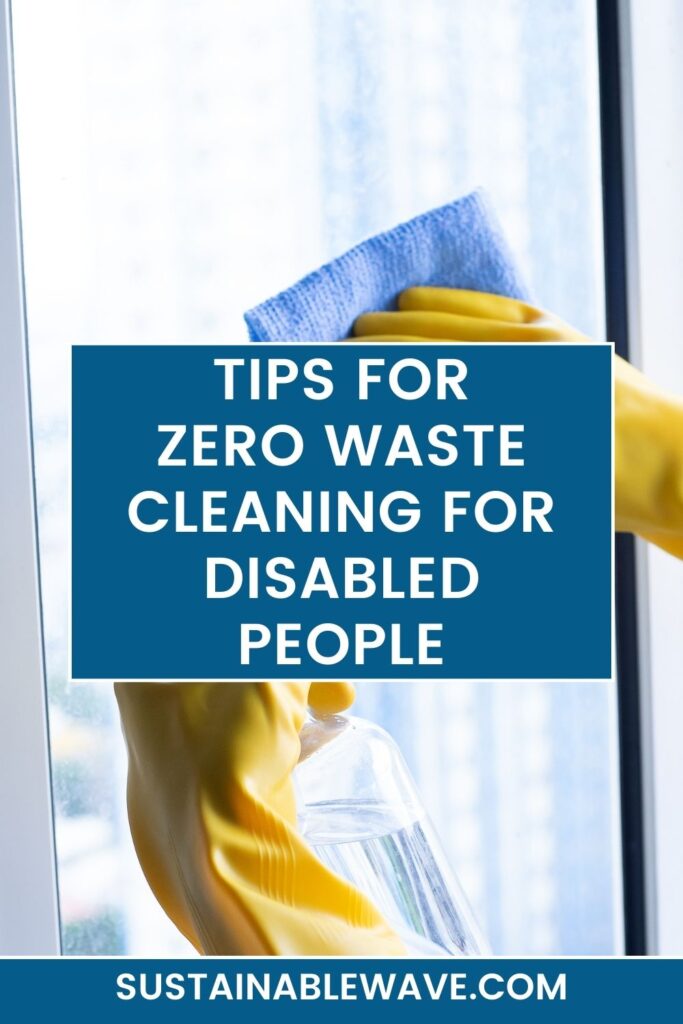
I’m Thomas, the owner of SustainableWave. Passionately promoting a sustainable planet. With experience in various eco-roles, I’ll share green tips, sustainability hacks, and personal eco-journeys on my blog.
